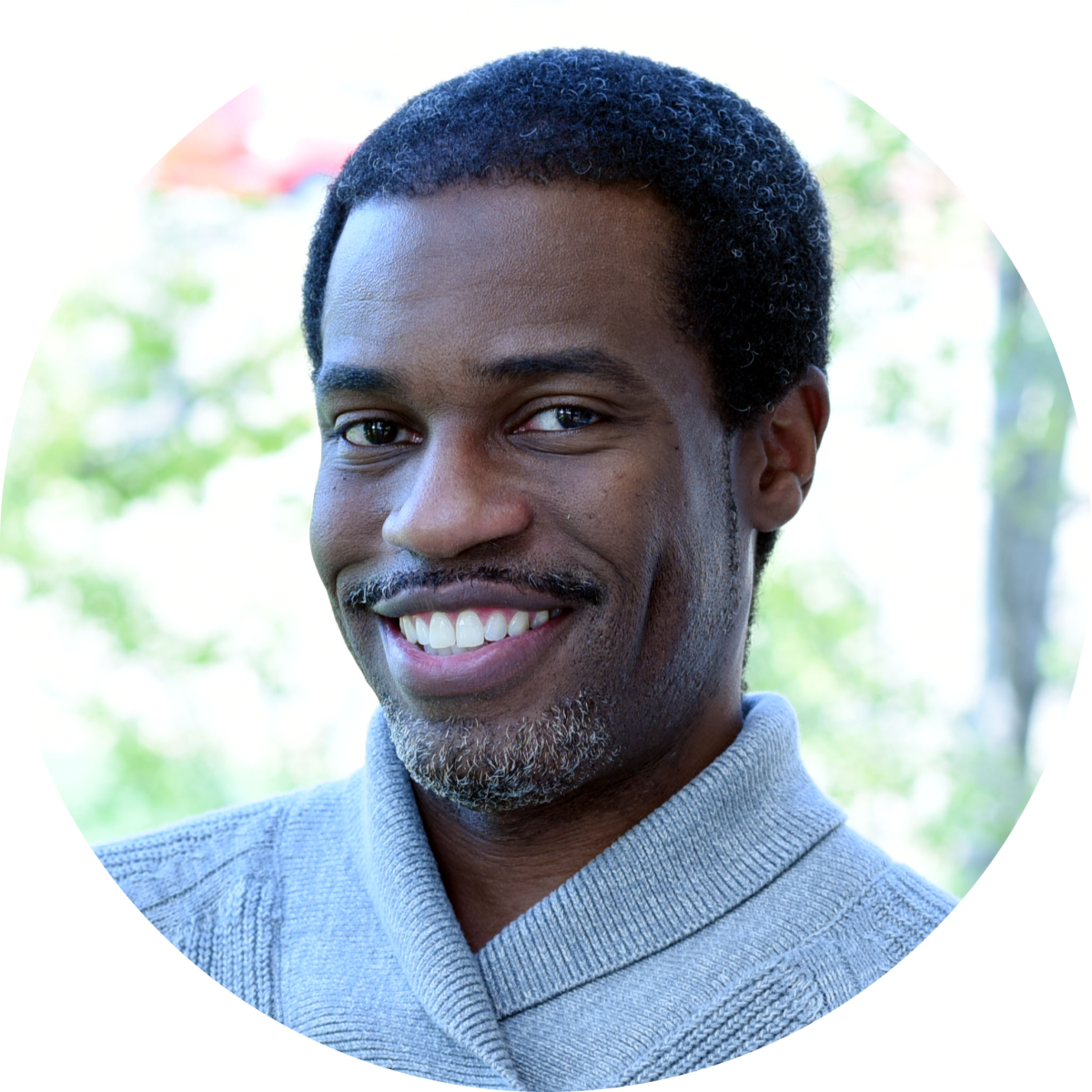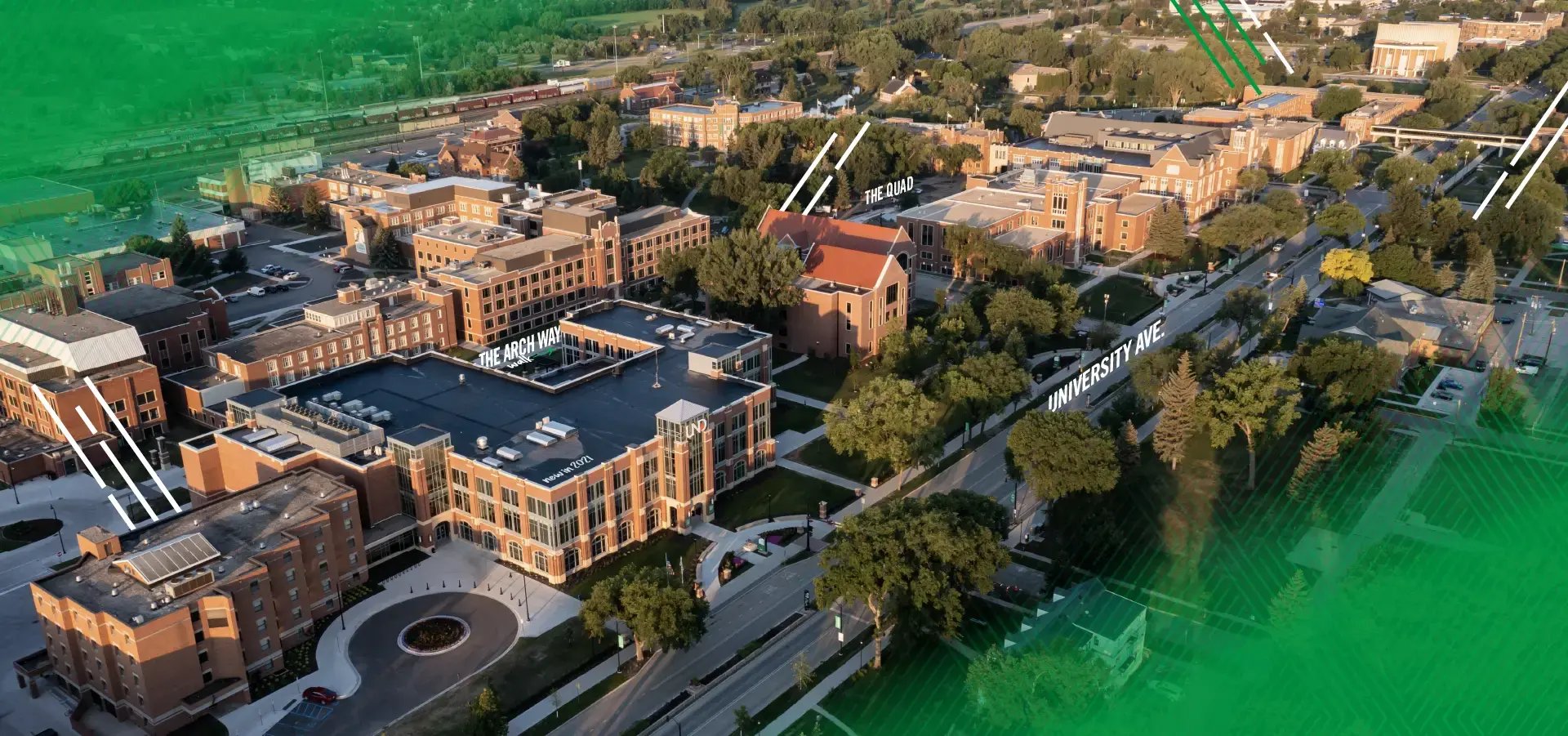
Advising That Builds Connection | SUNY Cortland

Industry
Technology
Challenge
Marinda Souva, Associate Director for Transition Programs at SUNY Cortland, faced a shifting student population: fewer transfer students, more first-years with unclear academic records and rising support needs. The existing orientation structure — built for speed — no longer delivered meaningful connection or advising outcomes.
Results
By transitioning to individual advising, embedding QR feedback moments, and empowering staff with real-time insights, Cortland turned orientation into a responsive, advising-centered experience.
Key Product
VZO
Students feel heard. Our team feels like they’re making a difference. That’s the system we wanted.

Marinda Souva
Associate Director for Transition Programs at SUNY Cortland
Meet Marinda Souva – Systems That Start With People
“Everything is connected. You just have to listen for the pattern.”
Marinda Souva doesn’t just run orientation at SUNY Cortland — she engineers belonging. From academic advising to registration compliance, she builds systems that help students understand not just what they’re doing, but why it matters. Her coworkers joke that she’s the most “adult” person in the room — and yes, they bring her jars of Jif peanut butter to prove it.
How her role stretches across advising, orientation, compliance, and student transitions — and why it all connects.
“I oversee orientation… advise undecided students… and make sure they’re in the right classes to stay on track.”
The Challenge – First-Year Shifts and Transfer Complexity
“Transfer students typically need less... first-year students don’t even know how to tell us what they’ve taken.”
As Cortland’s transfer enrollment declined, Marinda and her team faced a shift in orientation dynamics. First-year students now made up a larger share — but they arrived with less clarity and more hidden complexity. Where transfers brought transcripts and confidence, first-years brought dual enrollment credits they couldn’t explain and questions they didn’t know to ask.
How orientation structure shifted to meet the needs of a new student majority.
“We had to rethink our schedule formats and extend the summer to really support first-year students.”
The deeper advising preparation required for students who don’t yet have academic language.
“First-year students don’t know how to tell us they took dual enrollment. That changes how we prepare our staff.”
Belief Shift – From Group Guidance to Individual Insight
“Instead of doing group advising… we now set up individual advising meetings.”
Cortland’s biggest leap wasn’t logistical — it was philosophical. Marinda led the move from group advising formats to one-on-one advising sessions during orientation. This change wasn’t just more personal — it was more effective. Students felt seen, advisors felt informed, and fewer class changes happened later.
The shift to individualized advising — and the confidence it created across students and staff.
“It takes more coordination, but the outcomes are stronger — students feel heard and understood.”
Strategic Action – The Multi-Checkpoint Model
“It used to involve a lot of spreadsheets… now we just show a QR code and start connecting.”
Cortland’s multi-checkpoint approach isn’t just a tech upgrade — it’s a human strategy. Orientation assistants used to burn time taking attendance. Now, they begin by building rapport. With QR check-ins and real-time feedback, Marinda’s team gathers actionable insight before the session ends — not weeks later.
How QR check-ins created space for immediate connection — and how real-time feedback helped her team respond even across WebEx rooms.
“It used to involve a lot of spreadsheets… They don’t have to look at names anymore — they get to welcome students and jump right in… We could follow up and say: did you make those schedule changes? Do you still have questions?”
Systemic Impact – Time Saved, Spirits Lifted
“I don’t know if it saved hours… but it saved my mind.”
The impact of this new orientation model wasn’t just technical — it was emotional. Real-time data reduced Marinda’s mental load, gave her staff space to focus, and allowed student workers to feel more effective and appreciated. Insight became affirmation — and affirmation became momentum.
How real-time check-ins replaced spreadsheet chaos and how a single student comment reinvigorated the team.arinda reflects on saving time and mental energy through simplified check-ins.
“Spring was the first time we tried it… Before, I had 25 spreadsheets open. Now I just check one place… A student said, ‘my orientation assistant was amazingly helpful.’ That changed everything.”
Final Insight – Relationships Before Systems
“Build those relationships before you need them.”
Marinda’s leadership philosophy is clear: systems are critical, but relationships move institutions. From student assistants to VPs, she invests early — so when challenges arise, connection is already in place. Her advice for orientation professionals navigating change? Start with people. Always.
Approach to institutional relationships — and how connection enables innovation.
“People will seek you out if they know you’re part of the decision-making ecosystem.”
Favorite Feature – Flexibility as a Design Partner
“It’s never a no — it’s ‘let’s solve it together.’”
Marinda doesn’t love VZO because it works out of the box. She loves it because it doesn’t. With every challenge — from housing to advising to learning communities — she’s co-designed the right tool, not the default one. Her favorite feature? The platform’s ability to flex, adapt, and co-create.
The housing module, advising evolution, and why problem-solving is the real feature.
“I don’t bring VZO problems — I bring opportunities.”
Related case studies

From Rebuild to Refinement: Creative, Connected Onboarding | CalStateLA

2,200 Students Advised Without Meetings and 100% Course Placement Accuracy with Personalized Onboarding | UND

